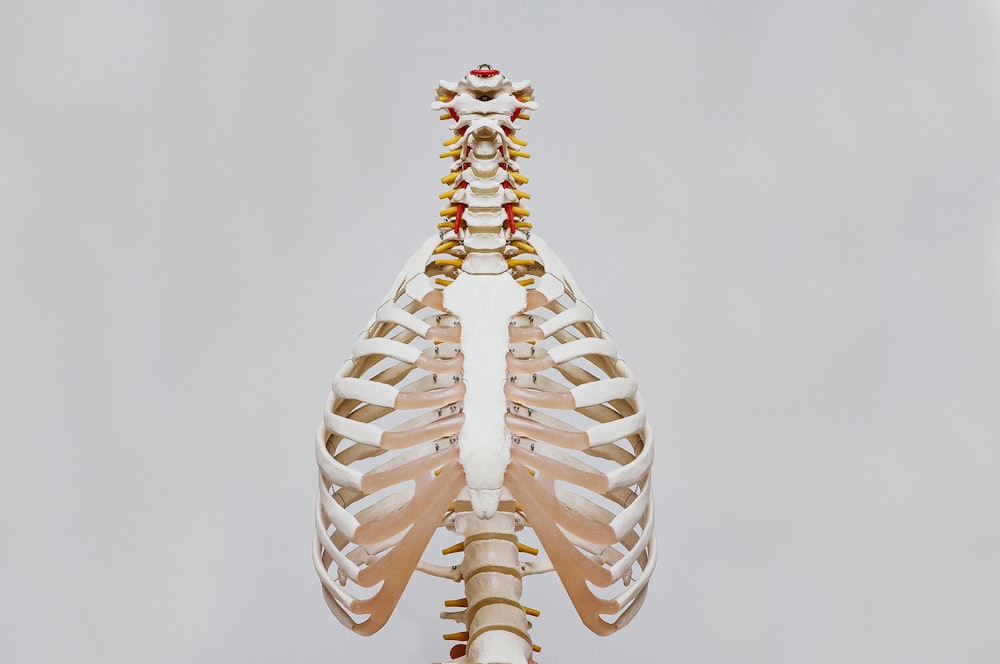Introduction:
The FBI Physical Fitness Test (PFT) is a rigorous examination designed to assess the physical readiness of candidates applying for positions within the Federal Bureau of Investigation. To excel in this test, candidates must undergo strategic training that encompasses various aspects of physical fitness. In this article, we’ll explore effective training strategies to help candidates prepare adequately for the FBI PFT.
Understanding the FBI PFT:
Before delving into training strategies, it’s essential to understand the components of the FBI PFT. The test typically consists of four main elements: sit-ups, push-ups, a 300-meter sprint, and a 1.5-mile run. Each component evaluates different aspects of physical fitness, including muscular strength, endurance, and cardiovascular fitness.
Prioritize Strength Training:
To excel in the sit-ups and push-ups components of the FBI PFT, candidates must prioritize strength training. Incorporate exercises that target the core muscles, such as planks, crunches, and leg raises, to improve abdominal strength for sit-ups. Additionally, include upper body exercises like push-ups, bench presses, and tricep dips to build upper body strength for push-ups.
Focus on Cardiovascular Endurance:
Cardiovascular endurance plays a crucial role in the sprint and run components of the FBI PFT. To improve endurance, incorporate cardiovascular exercises such as running, cycling, swimming, and rowing into your training regimen. Aim for a mix of steady-state cardio and high-intensity interval training (HIIT) to improve both aerobic and anaerobic capacity.
Incorporate Speed Work:
In preparation for the sprint component of the FBI PFT, incorporate speed work into your training routine. Perform interval training sessions that focus on short bursts of high-intensity running, such as 100-meter sprints or shuttle runs. Incorporating speed work will help improve your acceleration, speed, and overall sprint performance.
Practice Proper Form:
Proper form is essential for maximizing performance and preventing injuries during the FBI PFT. Take the time to learn and practice the correct technique for each component of the test, including sit-ups, push-ups, and running. Focus on maintaining proper alignment, breathing rhythm, and pacing to optimize your performance on test day.
Implement Progressive Overload:
To continually improve your fitness and performance, implement the principle of progressive overload into your training regimen. Gradually increase the intensity, duration, or volume of your workouts over time to challenge your body and stimulate adaptation. This may involve increasing the number of repetitions, sets, or resistance for strength exercises, or decreasing your run times for cardiovascular workouts.
Incorporate Rest and Recovery:
Rest and recovery are essential components of any training program, including preparation for the FBI PFT. Allow your body adequate time to rest and recover between workouts to prevent overtraining and reduce the risk of injury. Incorporate active recovery techniques such as foam rolling, stretching, and mobility exercises to promote recovery and enhance performance.
Stay Consistent and Dedicated:
Consistency and dedication are key to success in preparing for the FBI PFT. Develop a structured training plan that includes a mix of strength training, cardiovascular exercise, speed work, and rest days. Stick to your plan consistently, even when motivation wanes, and trust the process. With time, dedication, and hard work, you can improve your fitness and excel in the FBI PFT. Read more about fbi pft training tips




